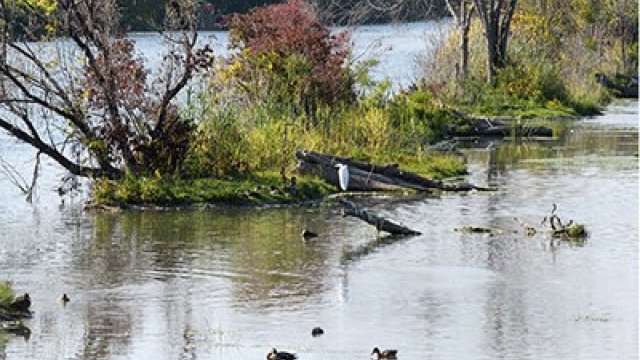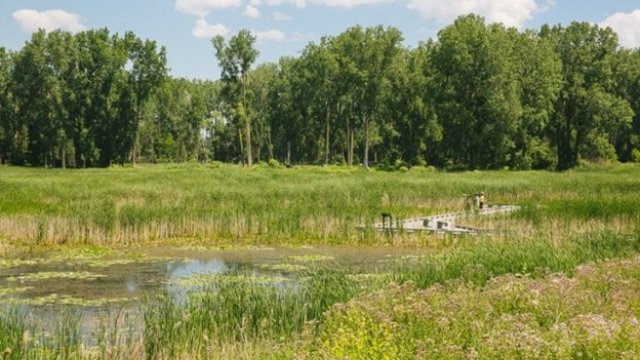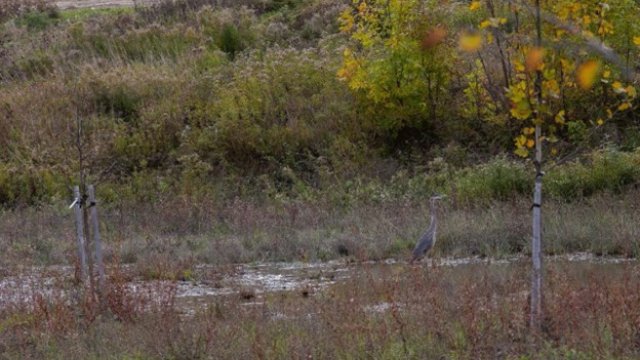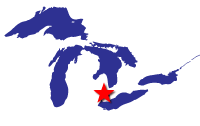Clinton River AOC
Susan Virgilio
(virgilio.susan@epa.gov)
312-886-4244
Overview
The Clinton River, one of the 31 U.S. based Areas of Concern (AOC), was designated as such under the 1987 Great Lakes Water Quality Agreement. The next year, in 1988, the river’s first Remedial Action Plan (RAP) document was completed; the RAP was most recently updated in 2014. It identifies the environmental impairments in the watershed, known as Beneficial Use Impairments (BUIs), and outlines projects to remove the impairments. To date, the Great Lakes Restoration Initiative (GLRI) has provided more than $43 million to fund projects required to delist the Clinton River AOC.
Urbanization in southeast Michigan contributed to the loss of open space and the discharge of pollutants from nonpoint and point sources. Ongoing contamination problems are mostly of nonpoint source origin. Pollutants that have historically impacted the AOC include:
- Heavy metals.
- Polychlorinated biphenyls (PCBs).
- Conventional pollutants including oil and grease, fecal coliform bacteria, nutrients, and total dissolved solids.
Federal, state, and local partners have identified and implemented projects that will contribute to the removal of BUIs and ultimate delisting of the AOC.
Beneficial Use Impairments
The International Joint Commission identified a total of 14 BUIs, specific categories of environmental degradation. The RAP identifies projects and targets that need to be achieved for the BUI to be removed. The Clinton River originally was listed as having the below eight BUIs. Once each of the below BUIs have been removed, the process of delisting the AOC will be initiated.
- Restrictions on Fish and Wildlife Consumption
- Eutrophication or Undesirable Algae
- Degradation of Fish and Wildlife Populations
- Beach Closings
- Degradation of Aesthetics - Removed September 2020
- Degradation of Benthos
- Restrictions on Dredging Activities
- Loss of Fish and Wildlife Habitat
Remediation and Restoration Work
State and local partners, including the Clinton River Public Advisory Council, have identified the following projects that are necessary to remove the BUIs in the AOC:
- 18 habitat restoration projects, including invasive species control, dam removal, and wetland restoration. These projects address the Loss of Fish and Wildlife Habitat and Degradation of Fish and Wildlife Populations BUIs.
- One stream bank stabilization project at a former landfill site to address aesthetic concerns, thus addressing the Degradation of Aesthetics BUI.
- As of 2020, all 18 habitat restoration projects and the stream bank stabilization project have been completed. PCBs were observed in sediments collected from the Lower Clinton River. State and local partners are currently evaluating the impact of the PCBs to the AOC.
More information:
- Documents on Restoring the Clinton River AOC
- Remediation and Restoration Projects for Clinton River AOC
-
Clinton River Spillway Habitat Enhancement

Additional information describing Clinton River Spillway.
-
Lake St. Clair Pointe Rosa Coastal Marsh Restoration

Additional information describing Lake St. Clair Pointe Rosa Coastal Marsh Restoration.
-
Partridge Creek Commons Restoration

Photo of Wildlife present in the pools created near the Partridge Creek streambank.
-
Table of Projects
Remediation and restoration project table.
Partners
The following links exit the site
- Clinton River Watershed Council
- Great Lakes Commission
- Huron-Clinton Metropark Authority
- Macomb County
- Michigan Department of Environment, Great Lakes, and Energy (EGLE)
- Michigan Statewide Public Advisory Council
- Oakland County Water Resources Commission
- Oakland University


